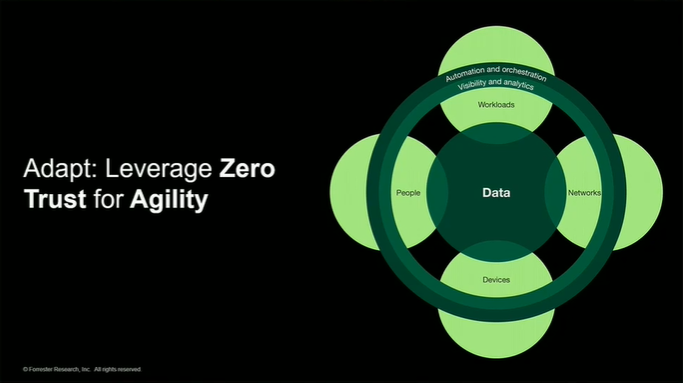In case you have been hiding under a rock or have been ever consumed in keeping the lights on for your traditional IT landscape (more probable), you may have not had ‘The’ opportunity to lay out a Cloud transition plan for your organization.
Whether you are part of a Medium business or a larger Enterprise, your users likely already benefit from leveraging a hosted office collaboration applications e.g. Emails, Document Repository, Contact Management etc.. In all likelihood, these same users would prefer to expand usage to additional business applications (B2B, B2C etc…) allowing them enhanced mobility while reducing IT Capital & Operating costs (reducing Infrastrastructure costs etc…) and complexity.
The larger the enterprise, the more complicated will be this transition plan. However, there are few fundamentals which will serve as a starting point to all.
For simplicity, I am merely listing the essential areas, while we can spend hours inventorizing, analyzing and discussing them in further detail.
For smaller businesses, the benefit of migrating to a SaaS (Cloud) is can be more application can provide immediate ROI. For e.g. A SaaS application can immediately bring in mature capabilities/ operational efficiencies which were earlier only accessible to the Enterprises. A simple explanation can be a Lower Subscription pricing model (in comparison to perpetual license costs).
For complex Enterprises, ‘Cloud’ (applications/ vendors) does not need to be perceived as a competitor to its existing IT organization. While a pre-packaged PaaS application may provide its tech-savvy users an ability to conveniently build additional capabilities, it can also quickly add complexity and interoperability issues within its existing landscape. The benefits and challenges of Cloud computing and its provisioning (particularly in PaaS and IaaS) needs to be reviewed clearly with the business. This will enable business owners to understand the Security and Compliance issues in fragmenting capabilities across multiple vendors/ applications. Thereby enticing them to collaborate with IT Organizations and mature their adoption of Cloud applications over time.
By Sourin Paul





